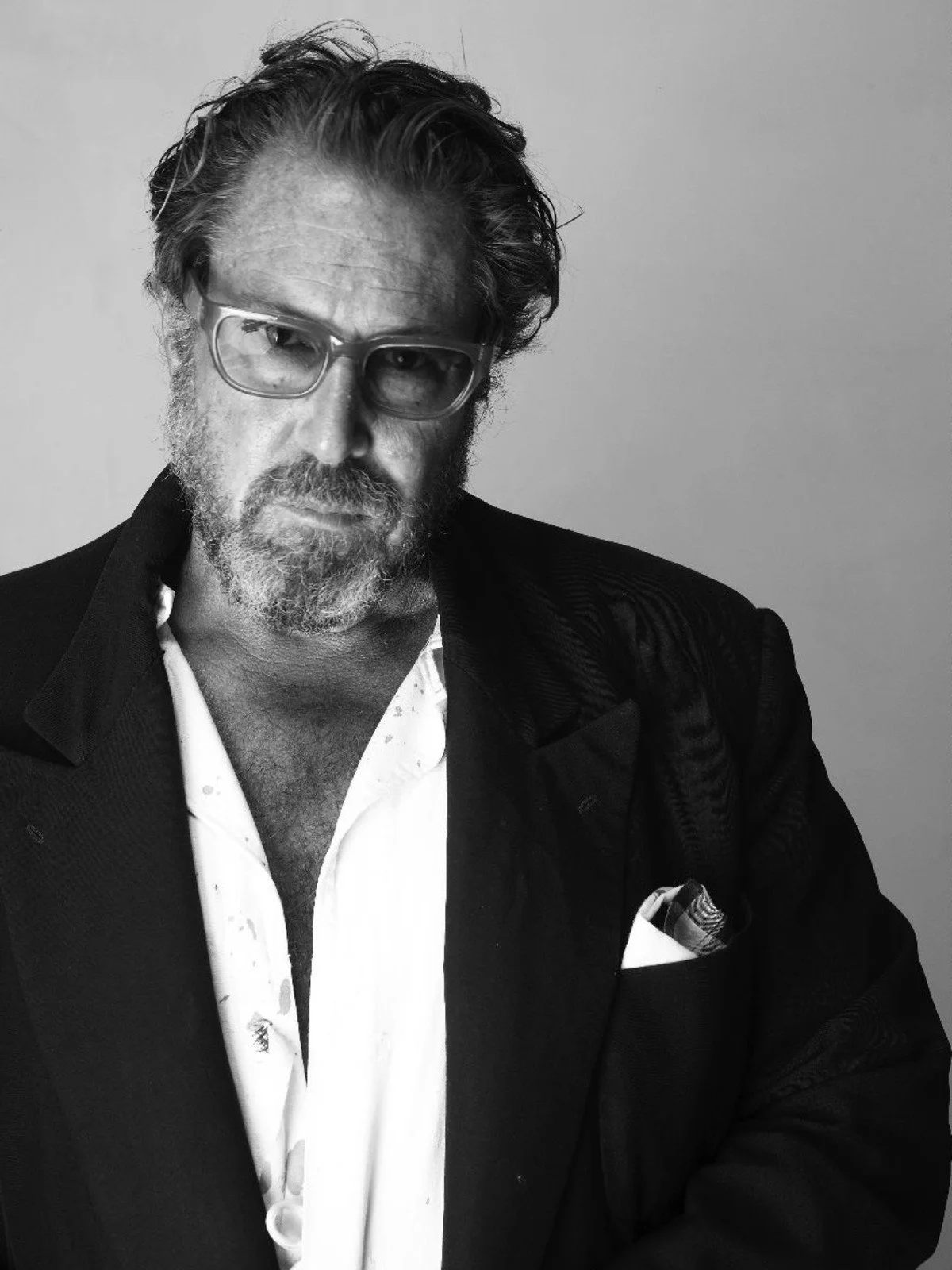William Kentridge
“Oh To Believe in Another World”
New York, 24 West 57th Street
The exhibition marks the North American premiere of the film, which will be shown alongside a multi-disciplinary body of work which includes new bronze sculptures, drawings, collaged lithographs, and mixed-media puppets.
The film explores history as a form of collage, traversing four decades of the Soviet Union from its early days following the 1917 revolution to the death of Lenin (1924); the suicide of Mayakovsky (1930); the assassination of Trotsky (1940); to the death of Stalin (1953). The work, grounded in Shostakovich’s complex relationship with the Soviet Union, illuminates both the febrile epoch and constraint of the time. The composer, initially lauded as the musical front of Soviet values, was denounced twice under Stalin’s rule with the accusation that his compositions violated Soviet restrictions on cultural production, including formal experiments with contrast and ambivalent tonalities. This was the case for Symphony No.10, a symphony of emotion often perceived as an expression of the composer’s thoughts, which was not made public until after Stalin’s death. “The report that remains of these decades is in the music of Shostakovich, the one who against expectation got away, and survived,” says Kentridge.
Installation view, North Gallery viewing room
The film’s protagonists include Soviet intellectuals, politicians, and figures of the avant-garde, such as Lenin, Trotsky, Stalin, Mayakovsky, Lilya Brik, and Shostakovich himself, as well as his student Elmira Nazirova: “participants in the politics and culture of their time who embody the simultaneous hope in revolutionary ideals and the disillusionment of their failure in the lived world.” Here they populate a model of an imagined Soviet museum which becomes a makeshift dream world inhabited by historical film footage, ballerina puppets, Kentridge glyphs, lines from Mayakovsky’s poetry and plays, and slogans from the Russian Revolution. The audio component includes a montage of music by Russian composers, sampled and sliced to cacophonous effect to create a similar assemblage of sound. The fragmentation once denounced to Shostakovich by Stalin is celebrated here. Mayakovsky, who serves as the main source for the intertitles, was an enthusiastic supporter in the early years of the revolution of the Soviet project and later grew disillusioned. The characters in the film first materialize as small paper puppets, then evolve, with the collaboration of costume designer Greta Goiris, into life-sized puppets with collaged costumes inhabited by actors. A parallel series of puppets will be on view in the exhibition, constructed from an assemblage of tools and found objects drawn from Kentridge’s ‘universal archive’ in the studio. These sculptures with their vibrant whimsy and anthropomorphic silhouettes employ a Constructivist choreography of movement—a geometric skirt, a cone head, and newspaper legs. The figures form a dialogue with the new bronze glyph sculptures from Kentridge’s lexicon which seem to stand in for history—from the megaphone figure, Apron; coffee-pot witness, Pour; to the menacing feline, Stroke; all marching in procession with Seven Figures, 2023. A series of lithographs titled Portraits for Shostakovich features a cast of Soviet protagonists from the projection. Their disjointed and collaged visages mirror the fractured society of the Soviet Union and the constraints upon artistic expression which necessitated self-censorship.







